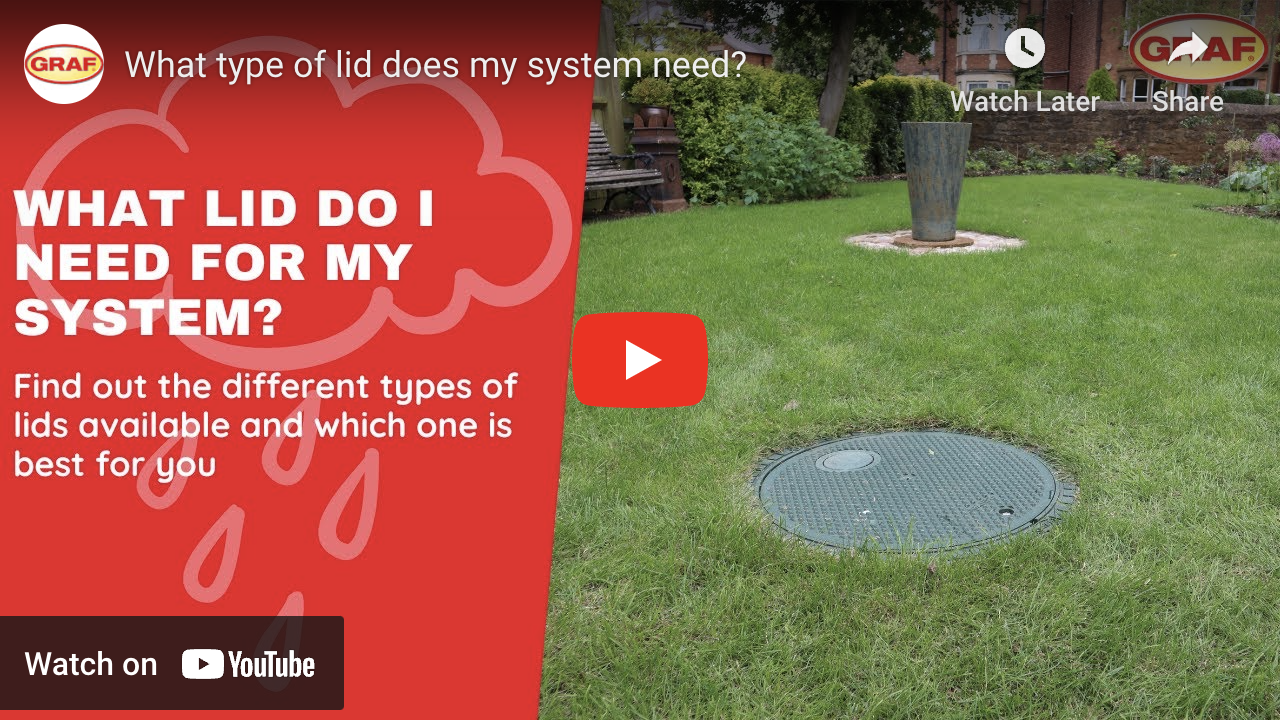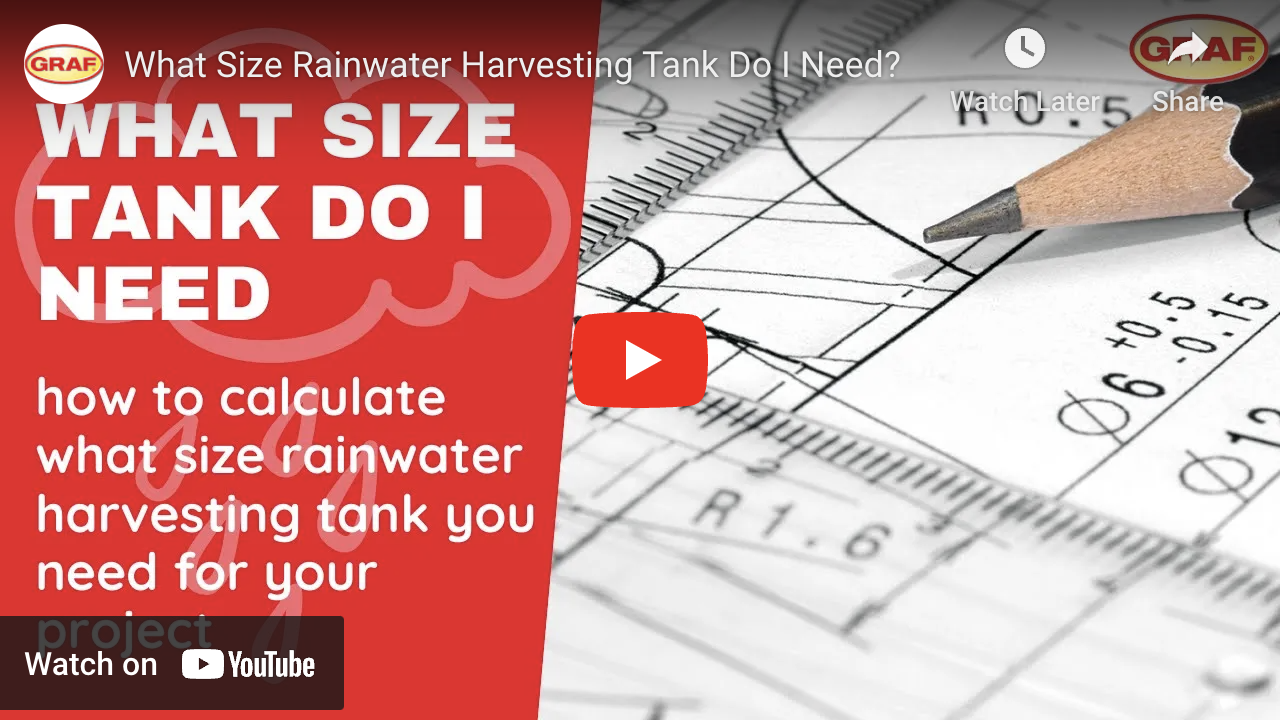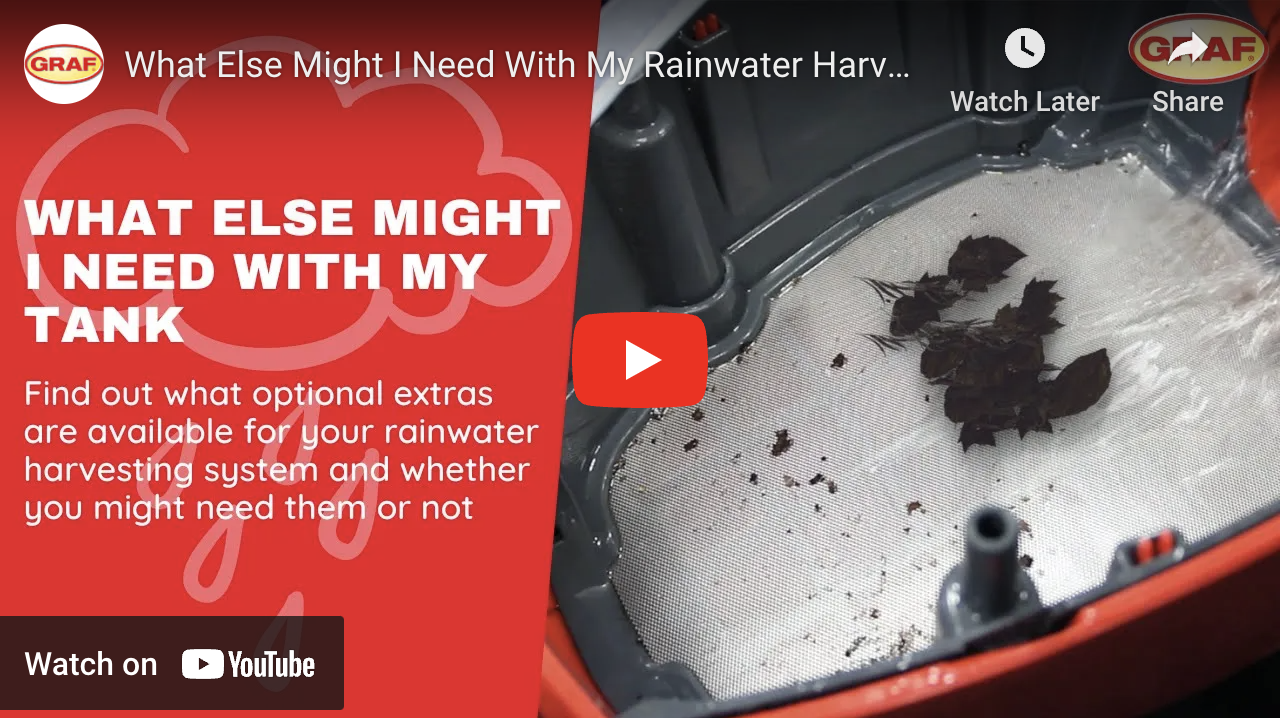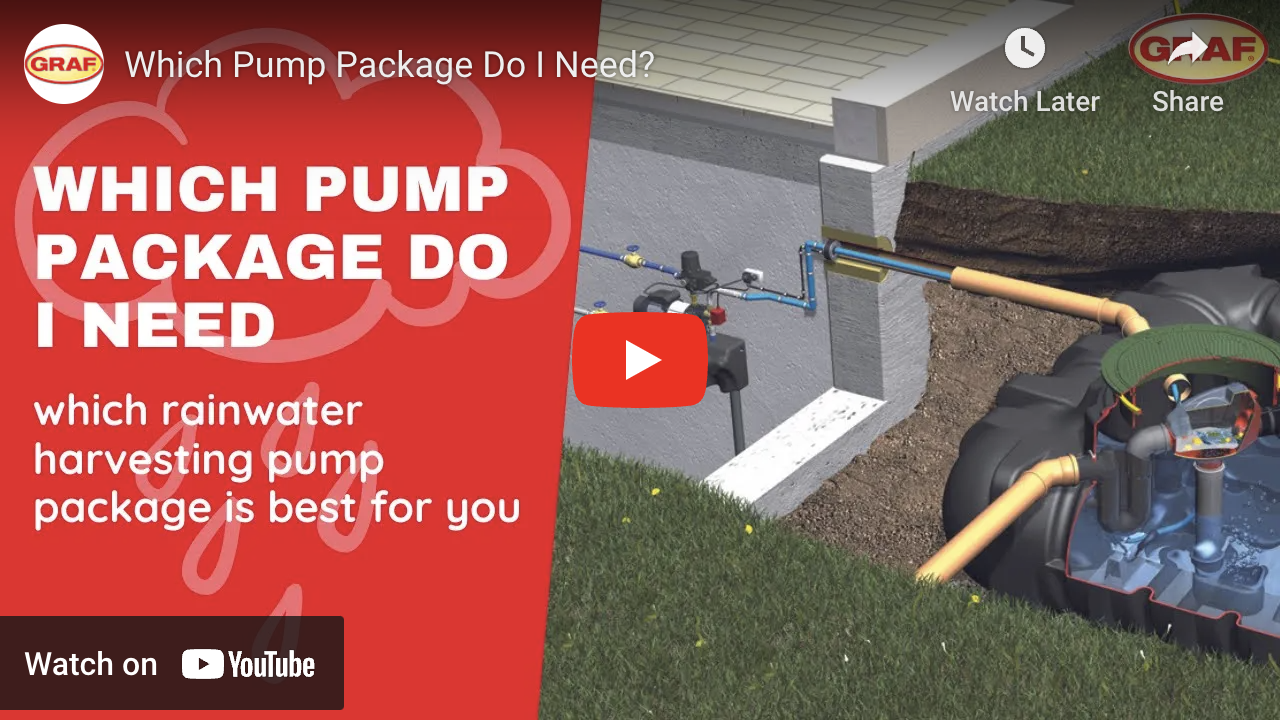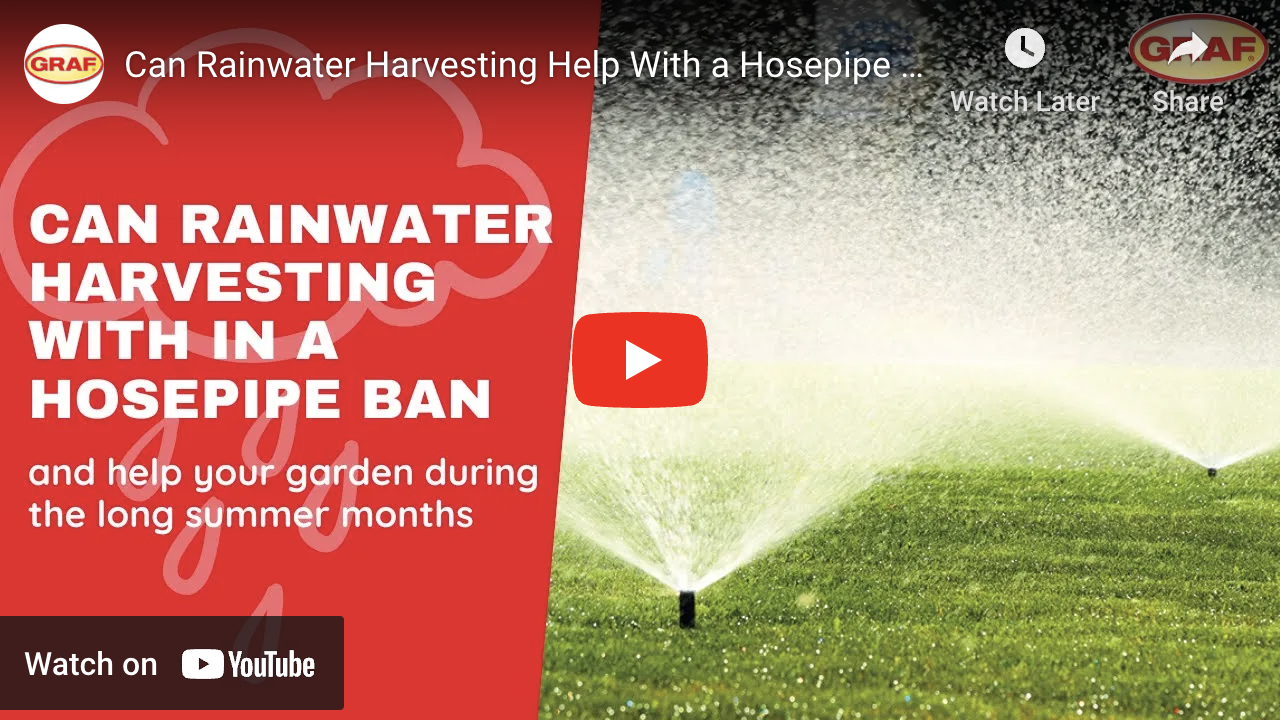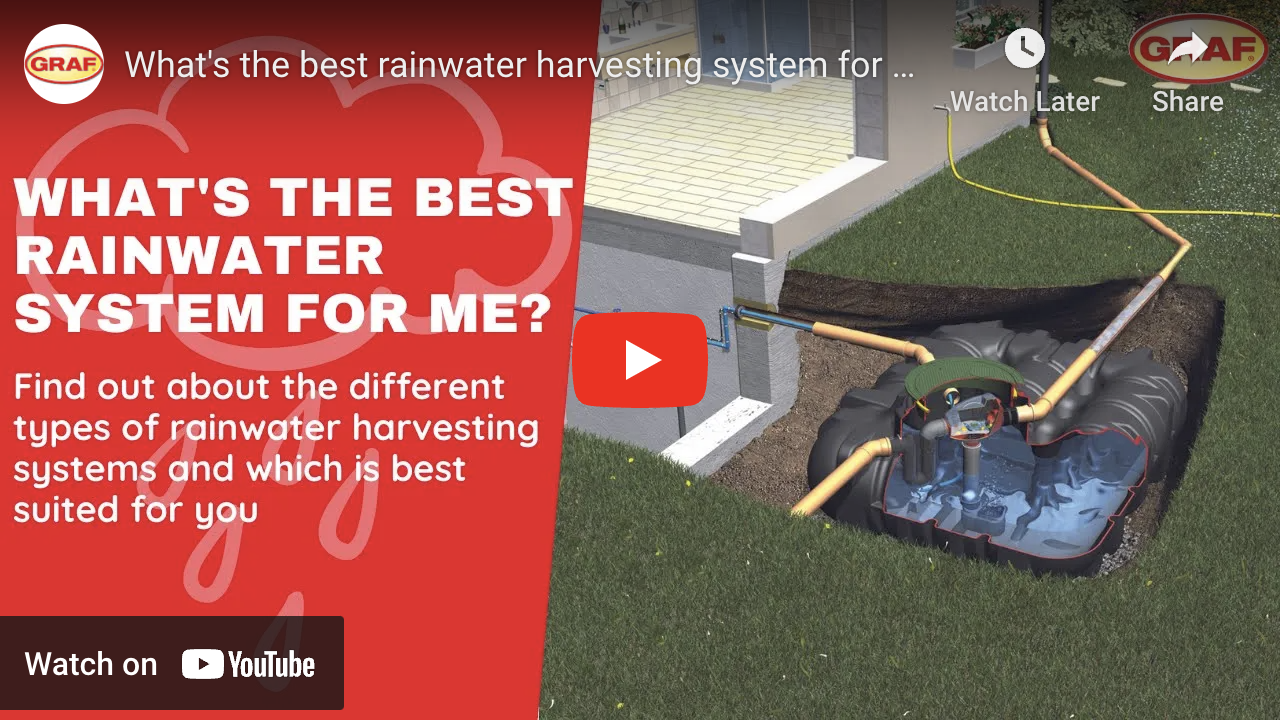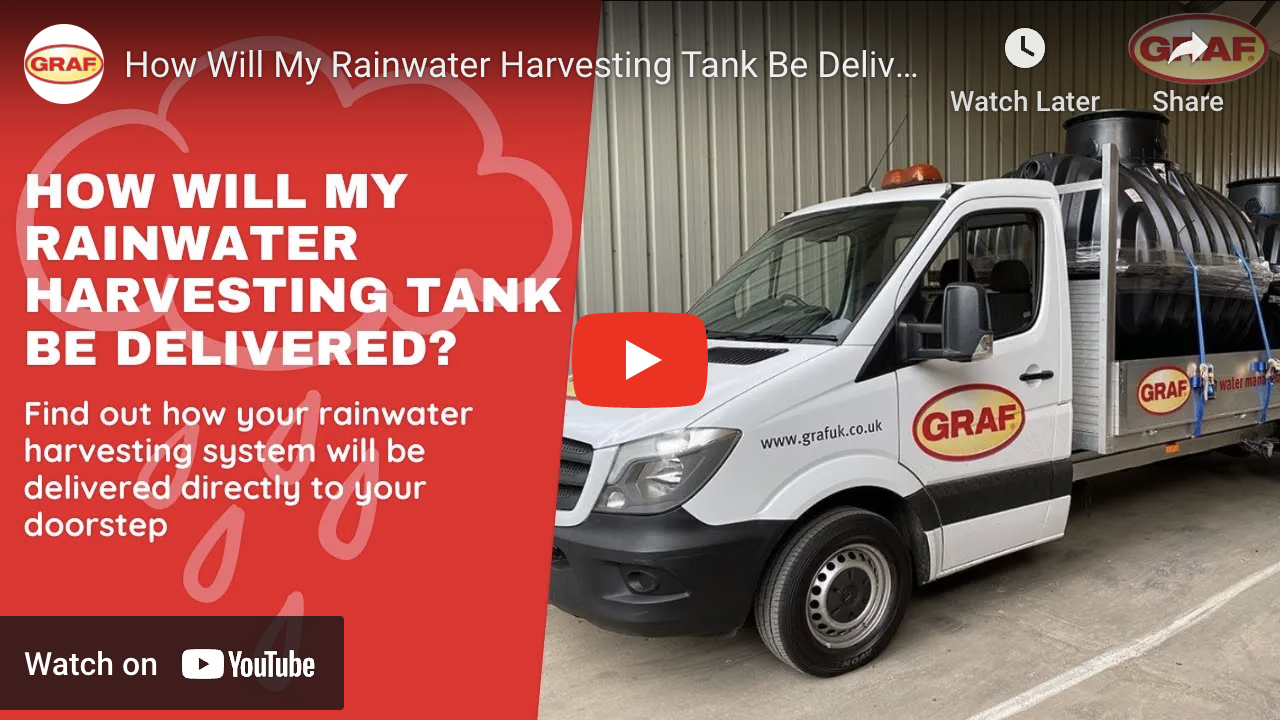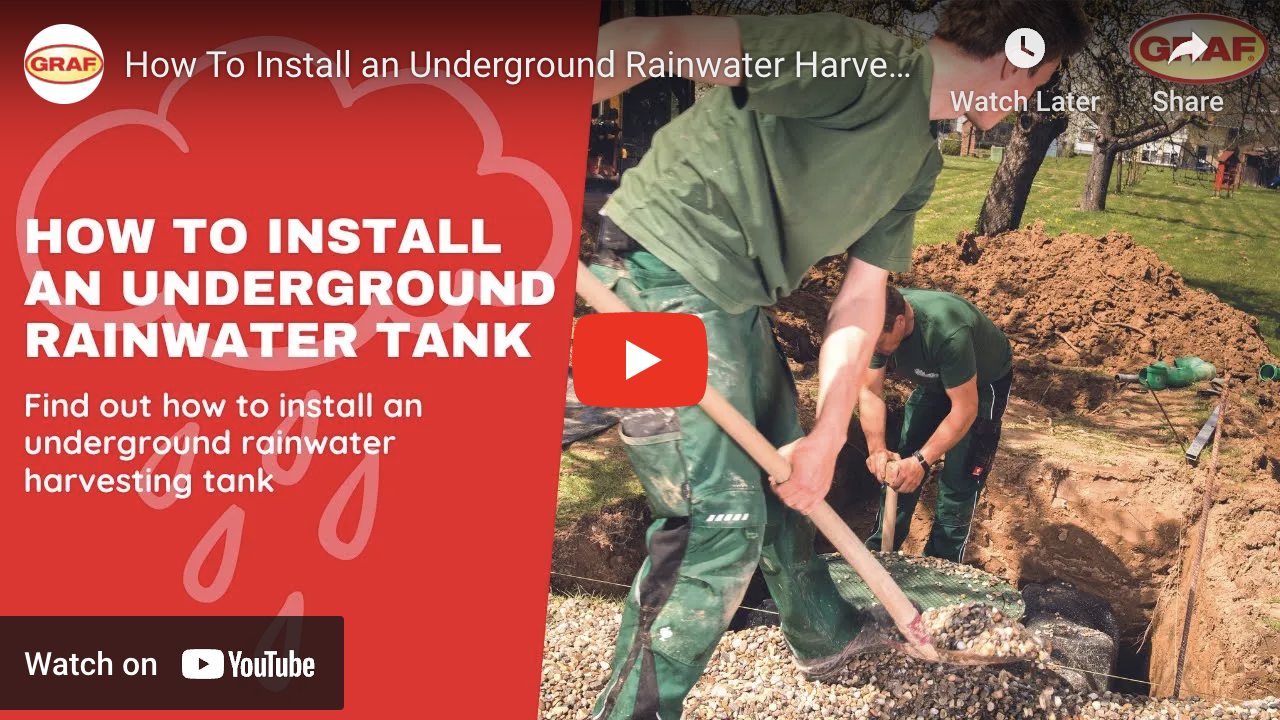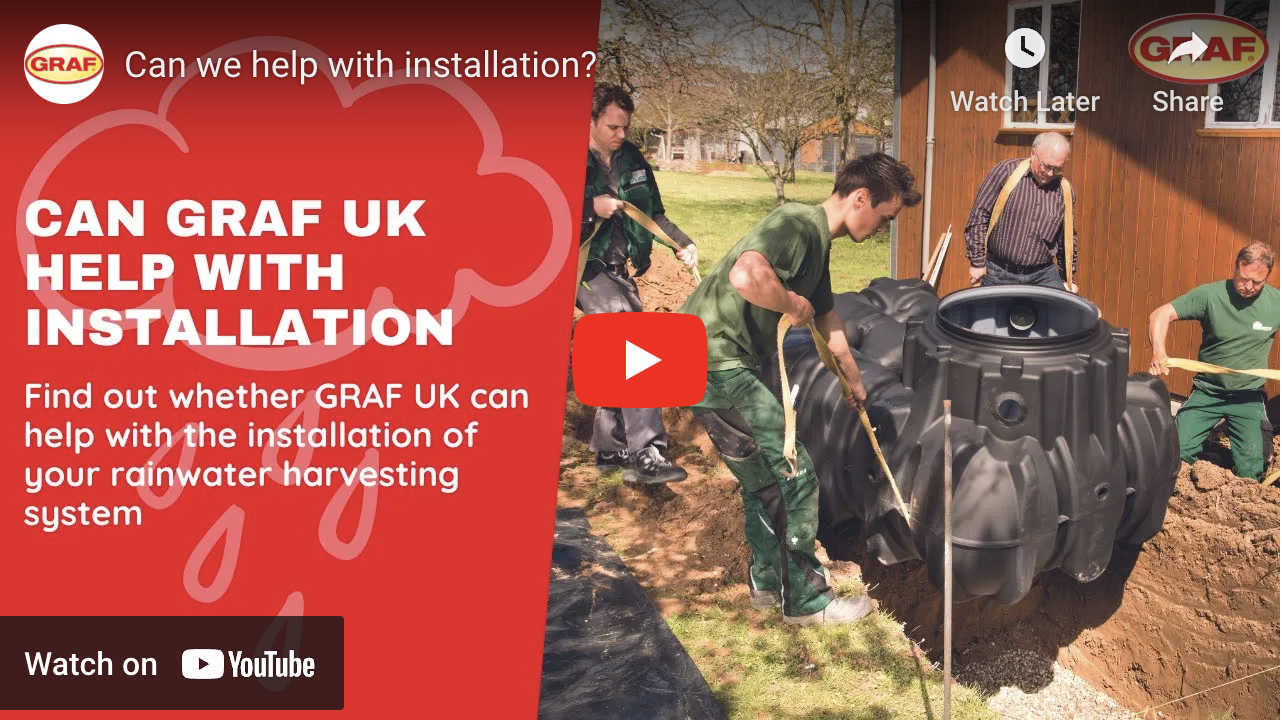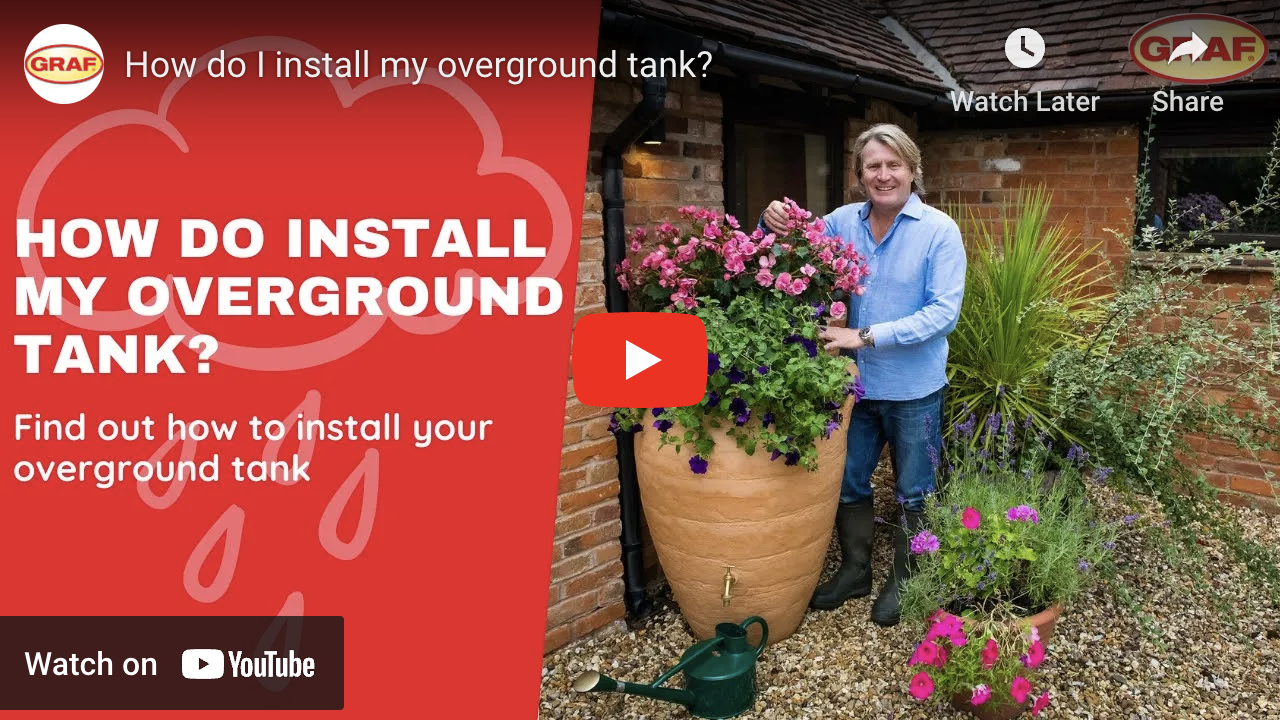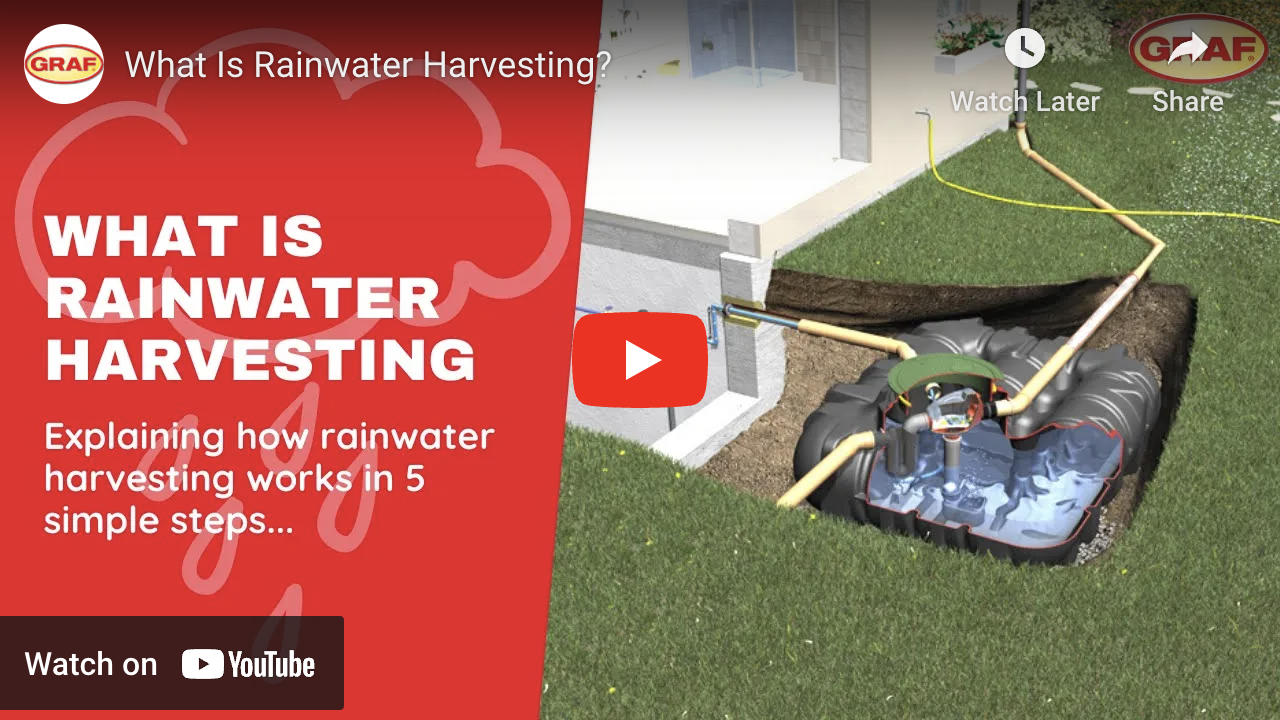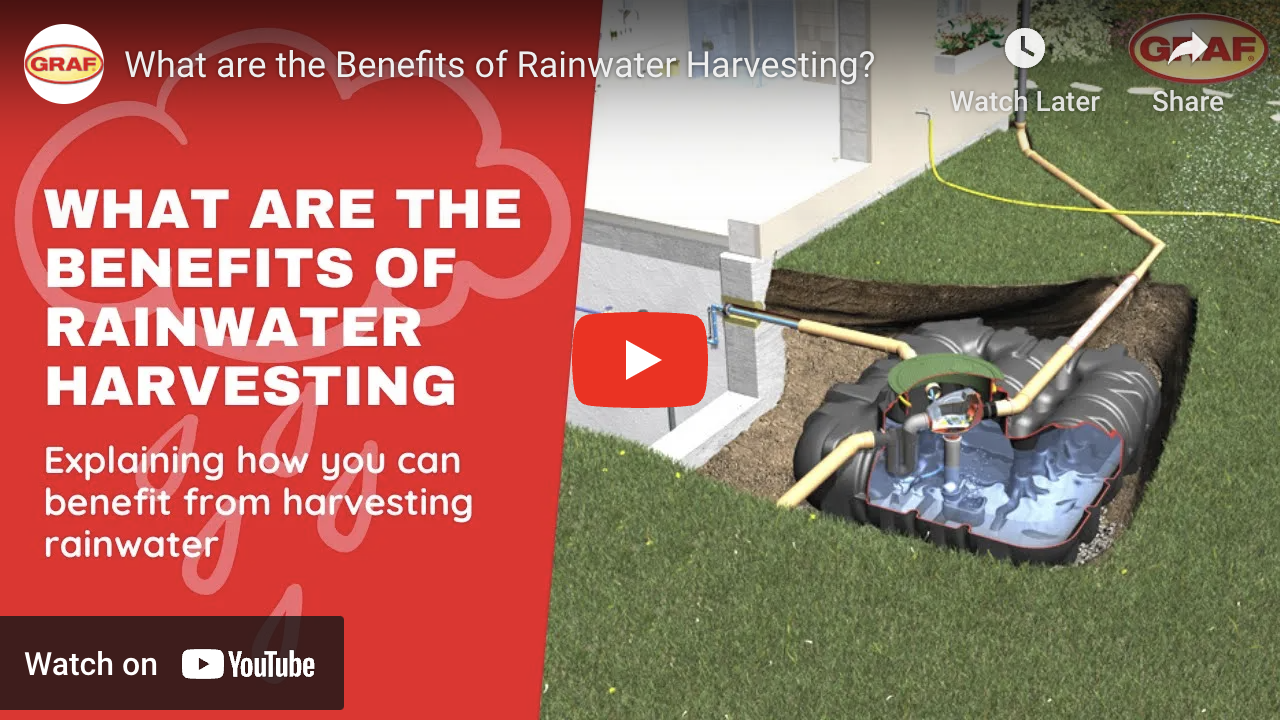Wherever you are in the world, you probably see rain, Or, if you’re in the UK, you’ll see it often! You may have always wondered; can I drink rainwater? Surely that would solve water wastage. Unfortunately, the clear drops you see coming from the sky have much more to them than is seen from the naked eye. Luckily, there are steps you can take to purify rainwater. Read on to see how.
What Exactly Is Rainwater?
Rainwater is called a mixed electrolyte. It has many ions in it, such as sodium, magnesium, potassium, and chloride. In addition, rain collects impurities in the atmosphere when it comes down to earth.
Is Rainwater Safe to Drink?
In areas where there is barely any hint of pollution (which is not many), rainwater may be safe to drink. If it could be harvested as soon as it began to fall, then it could be possible to drink rainwater wherever it fell. However, this is not a practical possibility, which means as rain continues to fall atmospheric pollutants and dust particles are absorbed which contaminates the liquid.
Built-up parts of the world (typically towns and cities) produce large amounts of pollutants which mean rainwater in these places would be undrinkable if taken directly from the source.
Aside from the various chemical pollutants that are absorbed on their way down, bacteria, viruses and parasites can also be an issue. In most cases the best advice would be not to drink rainwater, however, some harvesting systems can make rainwater drinkable.
Whether drinkable or not, rainwater can still be harvested and put to very good use around the home by storing it for future use.
What Is Rainwater Harvesting?
This process involves the collection and storage of rainwater that would typically land on the roof of your home, down the gutter and into the drain.
Rainwater harvesting means rain is collected via the roof using a specially integrated system that connects to the downpipe, storing it safely in an underground tank. You can use this water for gardening purposes, cleaning the car, toilet and for other tasks around the home.
By doing so you create a more sustainable home that is kinder to the local environment and will also save you a significant amount of money on water bills – as much as 50% in some instances.
What Rainwater Harvesting Systems Are Available?
We offer many rainwater harvesting systems made for domestic use:
Platin package house ECO-Plus: Tanks that can hold anywhere from 1,500 to 25,000 litres are available, with the filtration system also able to create a water supply in the home suitable for toilet flushing, washing machines and outside tap. It features modular components that make it easy to install and only reveals a single cover at ground level.
Carat package Professional: Store up to 13,000 litres of filtered rainwater for use around the home. It features a digital fill display so you can see current water levels at any time. Also very easy to install and maintain for ongoing usage.
Carat garden Comfort: You can also store up to 13,000 litres with this system. In addition to the standard features is its ability to reduce electricity consumption via the pressure drop activation system. This means electricity is only used as and when required, saving you even more money.
Rainwater is very much seen to be a non-potable form of water. For this reason, it is not safe to drink without further treatment. Further treatment would involve disinfection through the use of various other filters in the rainwater feed line. This technology is available on the market, and further questions can be answered on this if you call into our offices. Generally speaking, the rainwater captured in a rainwater system should be used for washing machines, toilets, irrigation, and outside cleaning.
What Can I Use Rainwater For?
Although it can be complicated to purify water into drinking water, it can be put to great use around the home to save you money on your water bill and help the environment.
It’s possible to purchase and fit an above ground rainwater harvesting with over 600 litres of water storage for a couple of hundred pounds, even including the downpipe filter and pump, to provide water at 3+ Bar of pressure. This can be used for washing the car, watering plants and cleaning patios. It’s surprising how far 650 litres can go if used wisely. It doesn’t have to cost thousands to save and use rainwater.
In The Garden:
- Collect rainwater and use it to water your lawn, pot plants, and flower beds.
- You can use rainwater to fill up your pond or pool.
- You can use water to wash items in the garden, such as fountains, paved areas, garden furniture, and more.
Inside The Home:
- Flushing the toilets
- Watering houseplants
- Washing clothes. The benefit of using rainwater for laundry is that you won’t need as much detergent. This is because rainwater doesn’t contain limescale-causing minerals.


